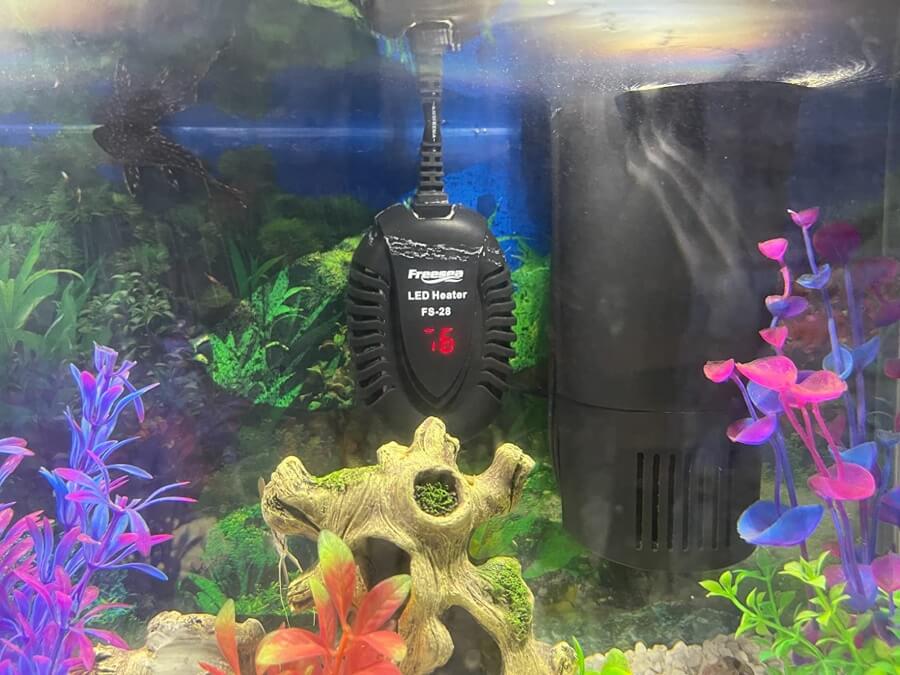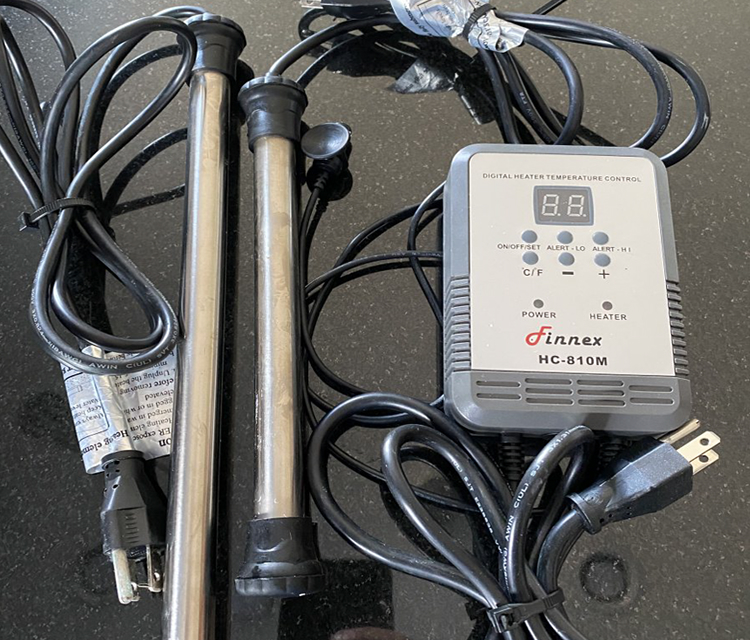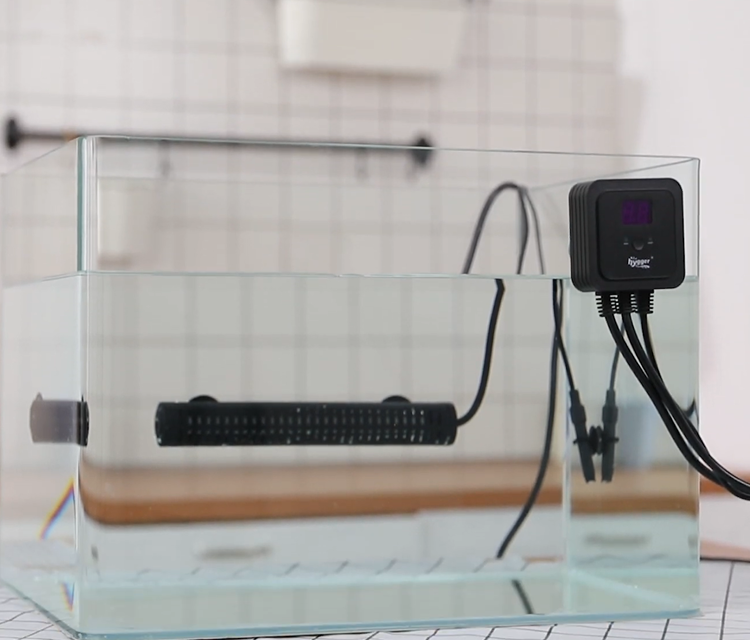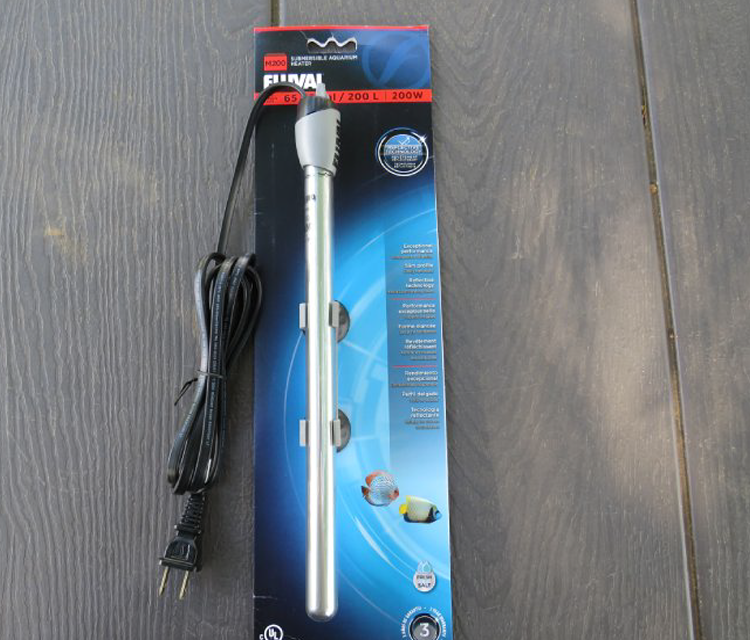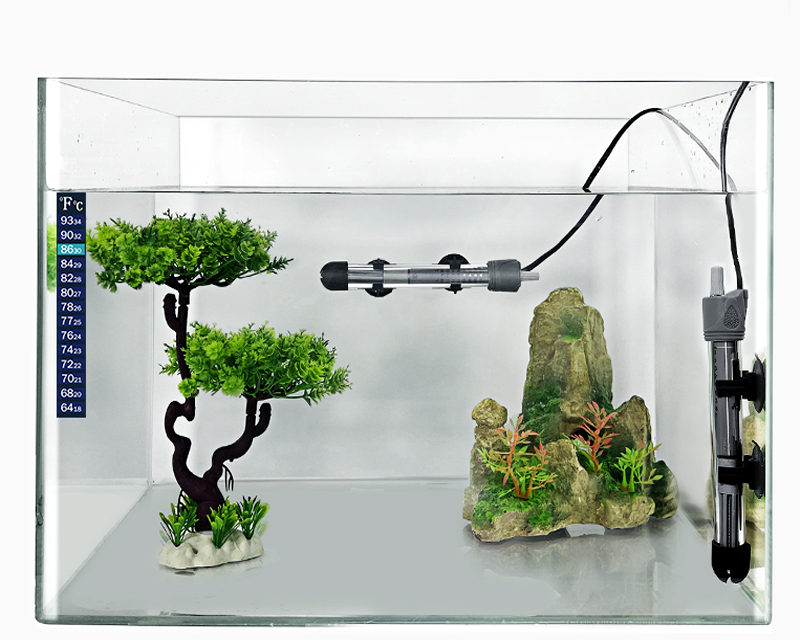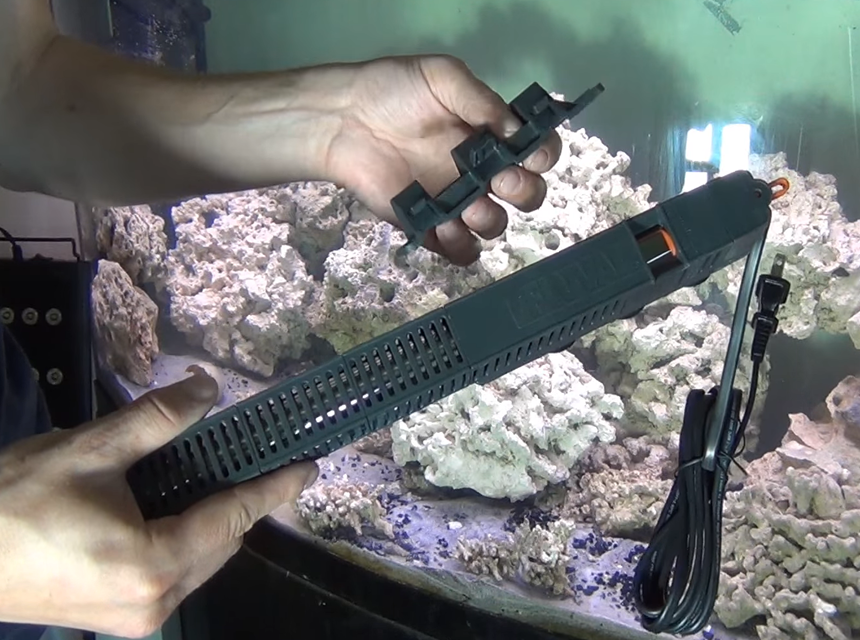

The importance of aquarium heaters can never be underrated. If you’re just getting your fish tank started, one of the most basic tools you’ll need is an aquarium water heater. Fish cannot produce their body heat as humans and other mammals. And, their comfort level depends on the temperature you set for them in your aquarium, and this is where a DIY aquarium heater comes into the picture.
Aquarium heater controllers serve the purpose of keeping your fish happy as they aid in imbibing a healthy atmosphere and environment for your fish. These days, things have been made a whole lot easier. You can now ensure proper circulation and draw water with the aid of a filter inlet pipe and the aquarium you set up yourself. Without going through the expensive plumbing option, combining these two pieces of equipment helps you create an easy and fascinating filtration system.
Most fish tank owners now oblige to the DIY approach of setting their heater, given the unreliable quality of the cheap heaters on the market and the array of expensive ones that can gulp your money faster than expected.
There are a couple of tools you’ll need to set up your heater. The essential tools you’ll need in fixing it up include 1 PVC Y junction, 1 Cable gland, 2 threaded, barbed hose connectors, 3 PVC end caps, and a section of PVC pipe which will come very handy in incorporating your properly-sized heater.
Most of these tools are not difficult to find and purchase. If you visit an electrical store that electricians usually frequent, you should be able to get a cable gland there. An irrigation shop will have the end caps, Y junction, and the barbed hose connectors you’ll be needing too. And for the PVC pipe, you may even be lucky to get it from a friend who just did some plumbing work in his house.
Once you’ve procured all the needed tools, then it’s time to fix things up. Do well to follow the steps meticulously so that you’ll get the results you desire.
This tool is very common for terminating or sealing in the electrical industry, and it’s also referred to as cable connectors or cord grips. As earlier mentioned, you can visit your local electrical store to get the cable glands you’ll be needing for this process, and if you prefer an easier option, you can order for one on shopping sites like eBay.
Nevertheless, if you can, do well to get one with an elastomer seal or a synthetic runner for water pressure and dripping water resistance. Another important thing you should put into cognizance is that it should be waterproof, and you can know this if it has an IP68 rating. To get started, ensure that the cable gland suits your heater and can be connected.
If you want your heater to be comfortably housed, extending the length of the PVC cut-off might work for you. To ensure that your barbed hose connectors’ threaded ends are accommodated, you should drill a 32mm hole in the middle of your two end caps. At this stage, you might want to take precautions not to harm your fish. So, don’t use brass for your fish tank; plastic nuts would be better.
This is the next step to take after you’ve settled the hose connectors, and it’s a very simple act. In one of the end caps, cut a 55mm hole to fit the cable gland.
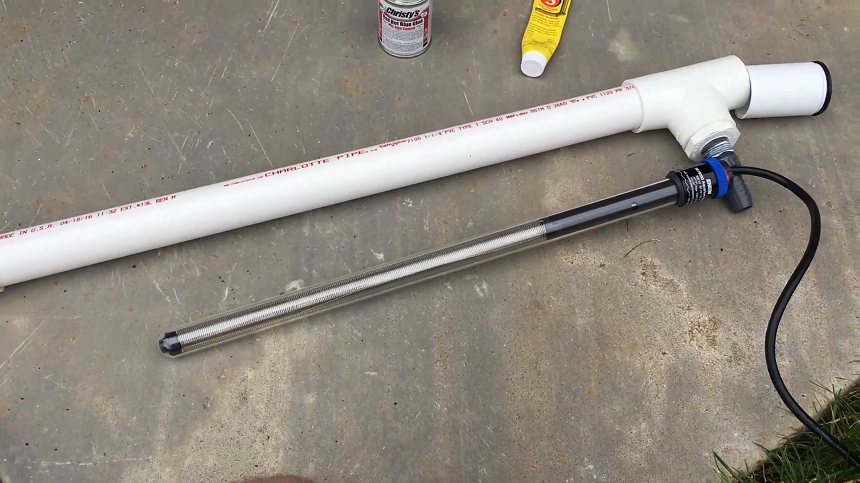
When you do this, you’ll be able to get a good seal and, possible contaminants and the shiny surface can be removed. Once you get to this stage during this process, you must be meticulous enough to avoid a joint failure because this could result in a leak and cause a flood.
If you love painting, this is the time to get your hands working. And thankfully, the painting itself has several beautiful benefits to offer. Research from Harvard Medical School Trusted Source The healing power of art - Harvard Health Creative activities can relieve stress and aid communication in people with cancer, dementia, or depression and can help arrest cognitive decline in healthy older people. www.health.harvard.edu highlighted that painting helps to improve your cognitive skills and relieve stress. And even though this painting isn’t related to art, you could also benefit from getting your hands active. Back to your heater, it’s time to give it a shiny coat of paint to beef up its aesthetics. Once you’re done joining the components, then it’s time to paint!
After you’ve gone through all the steps mentioned, the installation is the last stage. You’re to decide where to install your heater but make sure that you don’t place your aquarium heater where it can get damaged. However, make sure you check that your aquarium heater is working. It’s very important.
Should you own an aquarium? Well, the answer is yes. BBC Trusted Source Aquariums 'deliver significant health benefits People who spend time in aquariums could improve their physical and mental wellbeing, a study has suggested. As well as improving people’s mood, the experiment showed “significant” reductions in participants’ heart rates and blood pressure, the authors added. www.bbc.com reports that our physical and mental wellbeing is greatly improved when we visit our aquarium in our leisure time or anytime at all. It’s also noted that this activity of spending time in your aquarium is likened to spending time in nature, and it can help improve your blood pressure and heart rates, reduce stress, and improve your mood.
The beautiful thing about owning an aquarium is that you can flow with whatever capacity you have.
There’s no need to emphasize further how beneficial it is to own an aquarium. Yes, it can be quite exciting and intriguing, especially when one knows that there’s a way to keep your fish tank warm without a heater. But, you must stand up for your fish.
Yes. Once you choose to have these aquatic pets in your care, it’s expected of you to give them the healthiest life possible and keep them safe, happy, and sound. However, while this may sound a bit scary to you, it isn’t as difficult as you might think it is. The plenty of devices on the market has made it all easier, and with a DIY Aquarium Heater, owning an aquarium has never been more enjoyable!
